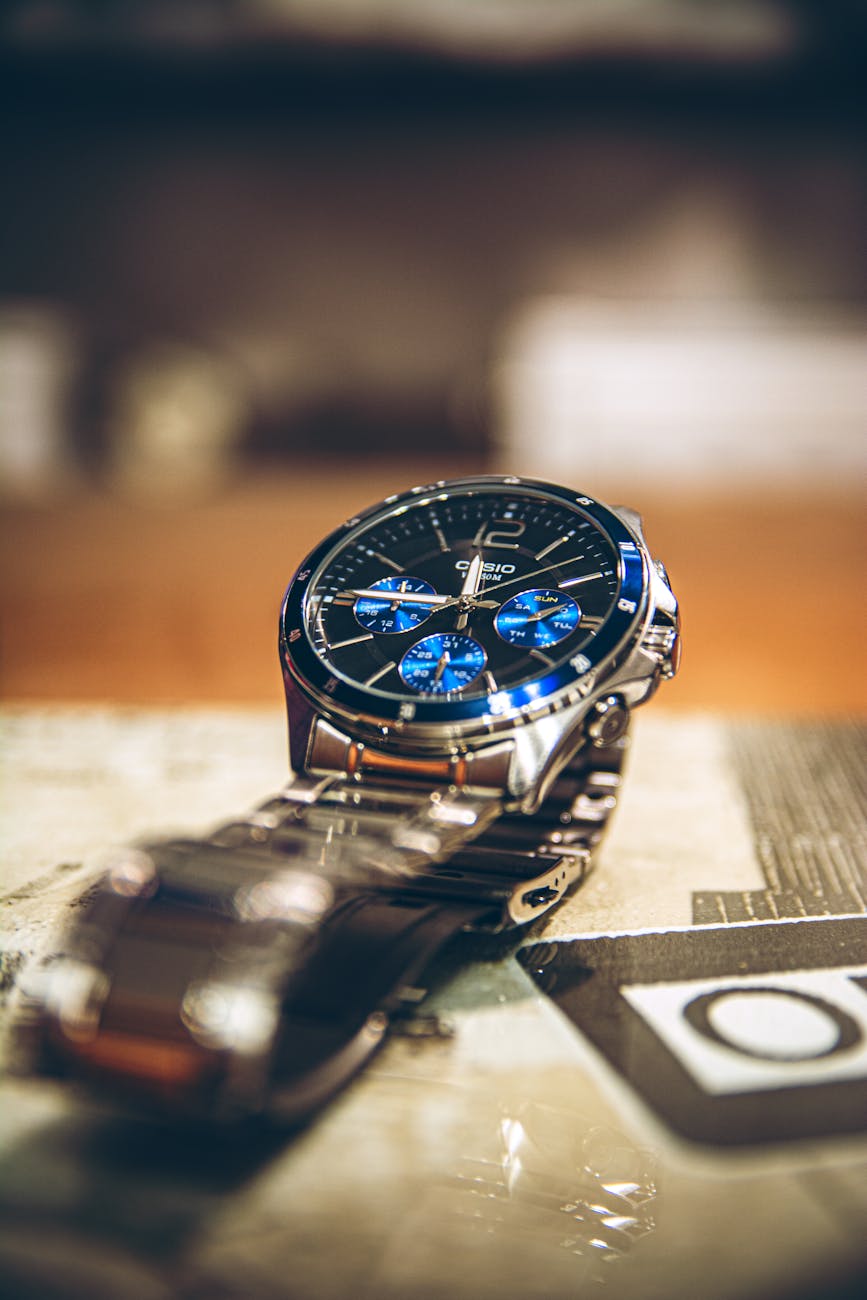Wow, talk about a nice silent update. Literally at 1 AM last night, I discovered that my iPhone with version 14.6 got Dolby Atmos support. This is complicated techie jargon for a more expansive sound. Sound engineers now can place sources in a 3D space and then through the miracle of computational audio, this sound can be mapped to any set of speakers. It actually calculates what the reflections and attenuation will be. If you have real speakers, then you need an Atmos compatible receiver to do the translation and then ideally a whole crapload of speakers.
Most “normal systems” have either stereo denoted as 2.0.0 which means two main speakers, no subwoofers and no surround speakers. Now if you have the budget, you can get 5.1.0 which means you have five speakers that are front, center, right and then in the back you have a surround left and right. Then the 1 means one subwoofer which gives that bass thumping
These speakers are all 2D that is you get the perception of sound all around you (surround get it?!). But with Dolby Atmos you can actually hear sound overhead. So a system might be 5.1.4 which means that you have four elevation or in-ceiling speakers so now you can get helicopters flying over your head. Then through the miracle of computational audio, you map the sound from 128 discrete sound sources in the 3D space into the 10 speakers you have.
Now, Apple is offering Spatial Audio and Lossless Audio. The former is an implementation of this algorithm of taking all that magic and using it in headphones. This works because eventually all that complicated speaker stuff eventually ends up in two ears. So the various geniuses have figured out how to convert all that into two distinct (it’s called binaural which means the left and right ear here unique stuff). And there is something call a Human Related Transfer Function (HRTF) which you generate by literally taking a photo of your ear. All that beautiful ear stuff actually create reflections which is how we can tell that sound is up and to the left for instance.
As an amazing example, if you listen to a Spatial Audio enabled video, when you turn your head, the sound track appears “stuck” to the screen rather than following your ear. What is happening is that with headphones like the AirPods, there are sensor that tell you the orientation of the headphones. And an iPhone has the same sensors, so the system can calculate the relative angle of your head to the television. And voila, the sound if you turn to the right gets louder in the left ear and quieter in the right.
The last thing is the appearance of lossless audio. The audio in Apple is compressed with
So, what is all this about Lossless
Well, if you have Spotify you have to pay, but Apple is including this in Apple Music with no additional charge. What happens is that you can switch from Apple Audio Codec (AAC) to Apple Lossless Audio Codec (ALAC). Wow, that is clever naming 🙂 Now, my ordinary ears cannot really hear the difference, but audiophiles with really fancy systems are going to be a touch happier. So here are the resolutions that you can get:
- 16-bit/44.1 KHz is CD Quality. Bluetooth headphones cannot use lossless. That’s because they use the standard Bluetooth Codec, so you need to have a wired headphone attached to your Mac or iPhone or iPad to hear it.
- 24-bit/192Khz, well there is some debate as to whether a regular human can hear this, but to use it, you need to get a personal DAC (I have no less than three of these) and a really good set of headphones (like the Sennheiser 660s or the Etymotic ER4i which I also have). I’ll report later on whether my ordinary ears can hear the difference at all. Oh and you will need a quiet room.
How to hear it all?
Well, the nice thing is that if you have updated to the latest iOS, TVOS, iPadOS or MacOS as of June 2021, you should have it already. You can tell because when you play a song, you will see little icons undreamt the album or soundtrack with the notations, “Lossless”, “Dolby Atmos”. There is also another new icon Apple Digital Master which is basically a specification for music creators to create the best possible audio encoding. Oh, and technically, this should give a really clean AAC and ALAC formatted audio track.
So to enable it, on your iPad or iOS, you will see a new options in Settings/Music which include an Dolby Atmos which you can set to Automatic so it will convert to that format when spatial audio is turned on (you turn this on by hard pressing on the sound control in the Control panel and you can just click it on.
For the Mac, you go to to Music/Preferences (I know confusing isn’t it since iOS and iPadOS have centralized preferences, but with MacOS, it is carried in the app and not in System Preferences). And for the Mac, you can choose to download lossless files as well.
There you will also find settings to determine in Settings/Music/Audio Quality if you want lossless audio. Note that this is almost never what you want for your iPhone unless you are going to use high quality wired headphones, but so you can stick with 256 kbps AAC but if you want to waste space then select Lossless ALEAC up to 24-bit/48Khz which is about 6x more data.
On your Mac, when you do want this, you go to Music/Preferences/Dolby Atmos and can set it as above. Finally, you get the same Audio Quality settings.







